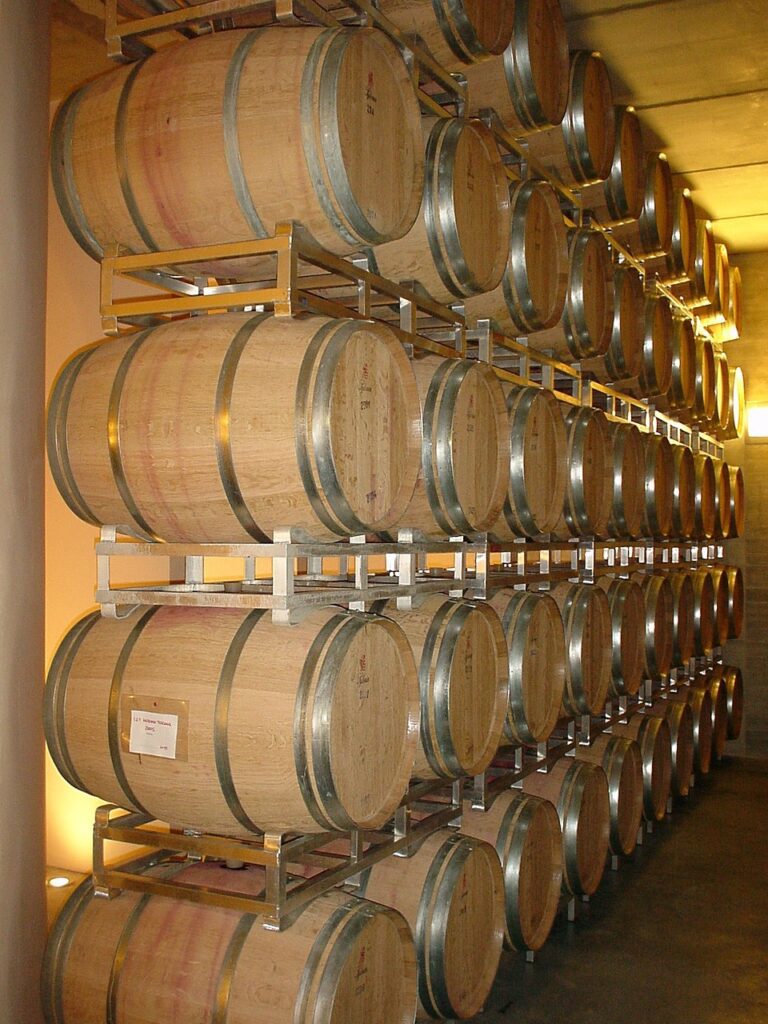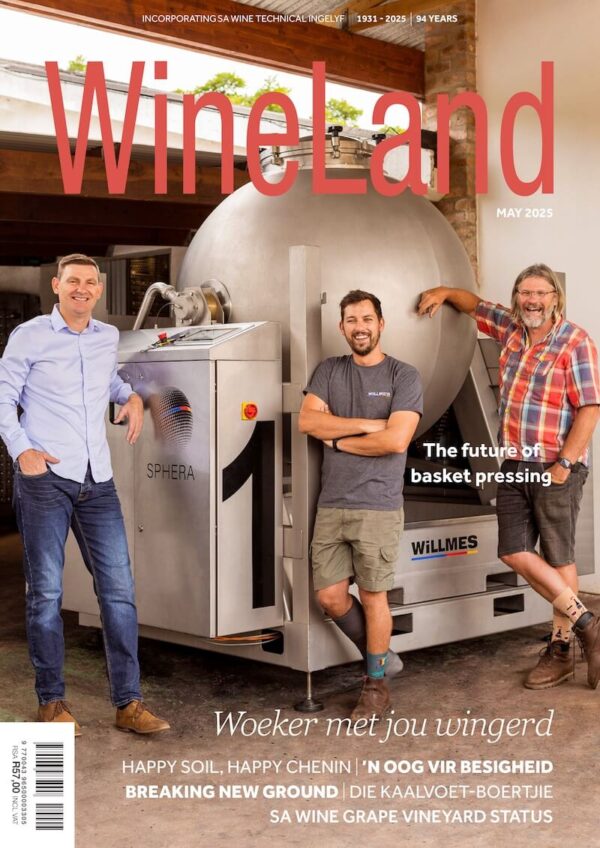Unhurried reflection on how the harvest went and analysis of the data collected, can help a winery to formulate a winning plan before the next harvest to ensure that its cellar processes run better.
Analysis of processes as an example
Question: Do you finish the day’s work at the cellar 100% ready for taking in grapes the next day, or is there still preparation that needs to take place in the morning? For example, are destemmers and crushers opened and cleaned after processing the last load, or is this action left until the next morning?
Recommendations: Teams are usually tired late at night and in a hurry to get home. This is where mistakes and incomplete work can occasionally occur. The best practice is to clean and get everything ready the evening before and not leave work to stand over until the next morning.
Early in the morning, a meeting usually takes place with all the cellar personnel to hand out tasks for the day and perhaps also discuss the previous day’s activities. Try to excuse one or two persons from this meeting to go and finalise preparations still required for the day’s work, or even to make sure that the previous night’s tasks were completed as agreed.
Question: What can be done to take in machine-harvested loads earlier, which often arrive at the cellar before the harvest team?
Recommendations: The process begins with the analyses and weigh-in of the load; the whole team is not required for these tasks. The scale operator has to stay late to weigh in the last load of the day, so the solution is not necessarily that he or she should start work earlier. Consider the possibility of entrusting someone else with this early-morning assignment. It does not have to be the same person who enters the load data on the computer.
To save time with the analyses, the early-morning team can fill a sample bottle with juice from the load, and the laboratory team can then analyse that load as soon as they arrive at the usual time. By taking these steps, the truck/tractor can stand ready at the receiving bin by the time the offloading team gets there, with weigh-in already taken care of.
Another solution is to split up teams. This requires thorough planning, however, especially when team members do not live near the cellar and have to make use of transport. Adjusting teams in this way around certain times and tasks in a day is not easy, but if done correctly, the benefits can lead to savings. Personnel are also not overexerted by working long hours. Fatigue can lead to mistakes. Mistakes, in turn, can lead to significant losses or, worse, injuries. The extra planning can therefore ultimately make a big difference.
Question: Are there adjustments that can be considered to better control temperatures during the winemaking process?
Recommendations: Letting trucks/tractors wait in the shade instead of full sun can make a big difference to the energy that will be required to cool down the grapes and eventual juice in the cellar. It may sound simple, but consider planting a hedge of trees on the afternoon sun side of the area where loads wait to be offloaded.
Further consider switching off the automatic cooling, for example, the crusher and the mash coolers, for grapes taken in early in the morning, which are of course already very cold.
Identify and make a note of tanks or areas in the cellar where regular problems with cooling occur, and then try to solve these issues in the off-season before the next harvest.
Slightly cooling tanks again after they have fermented dry can help to make the yeast lees more compact. It can also help if the wine is moved to a section of the cellar where cooling is not available.
Analysis of data as an example
Offload teams’ working hours and breaks can be managed more effectively if the seasonal data of when the first trucks/tractors arrive at the cellar, and the last ones leave, are analysed. It is also important to identify the peak and quiet times. For example, it may be the case that there are almost no loads between 14:00 and 15:00 every day due to the picking teams taking lunch. Based on this info, it would be a good idea to let offload teams also take a break at this time.
Everyone has a recipe for additions they usually work with. It is usually written down in the front of a harvest manual or displayed on an office wall or notice board. This might include, for example, units of sulphur to be added per tonne in the vineyard and at crushing. The same applies for additions like enzymes, tannins and acid. Take the time at the end of the season to evaluate the before-and-after analyses of different tanks over the entire season as a possible indication of whether additions were correctly applied.
By capturing all the data of a season in an Excel table, trends can be observed. Analyses can be compared, for example, the free sulphur analyses of the morning and afternoon loads. If all the loads have a very low sulphur reading after a certain time of the day, this can be corrected by asking farms/producers for a slightly higher sulphur application for loads picked after 14:00.
Another example is to check for data indicating that certain cultivars take longer to test pectin-negative (which is required before the flotation process can begin). In such cases, a higher enzyme dosage can be applied from the outset instead of dosing twice and wasting valuable time.
To measure is to know
Over the course of a season, an incredible amount of data is generated. By analysing the data after the harvest, trends can be observed and changes subsequently made to optimise cellar processes for the next season.
For more information, contact Pieter Badenhorst at pieterb@fortheloveofwine.co.za.
Click here to get your copy of WineLand Magazine.













